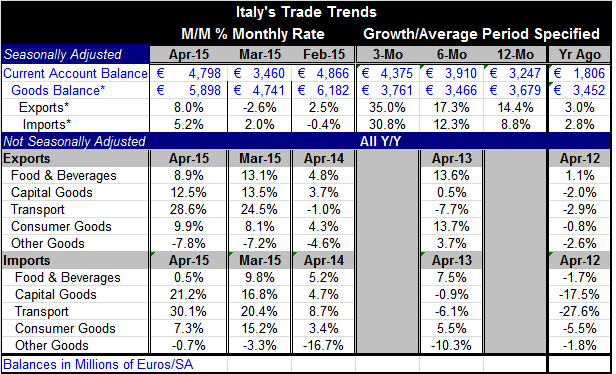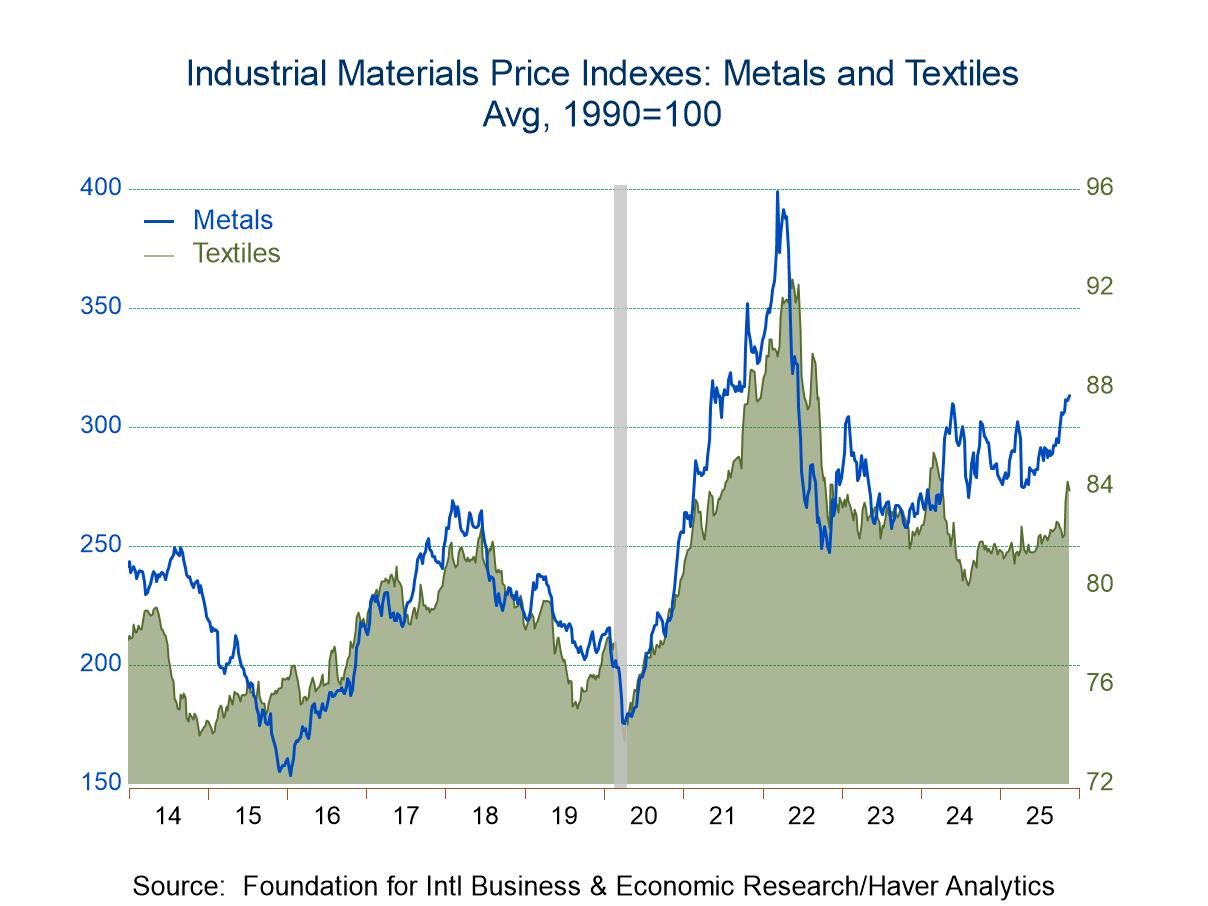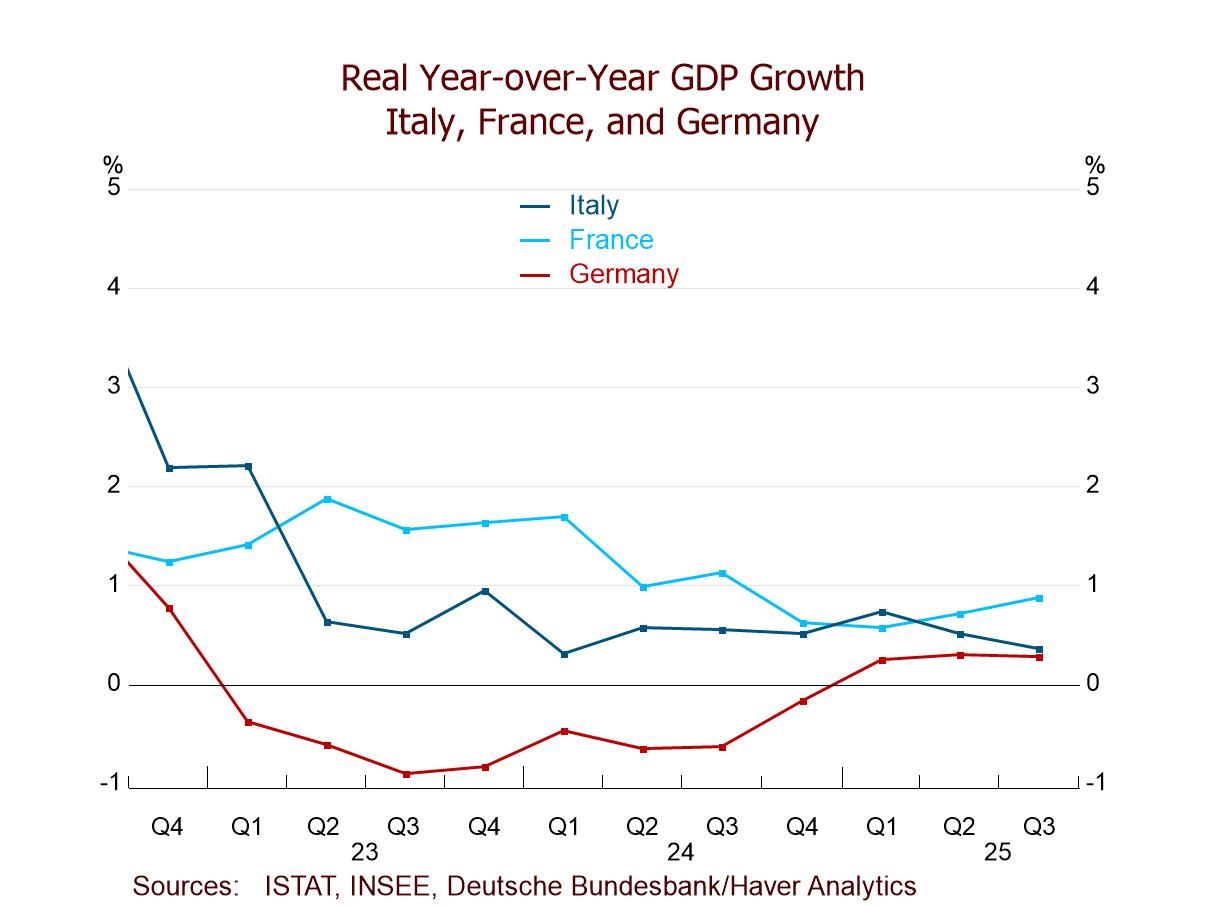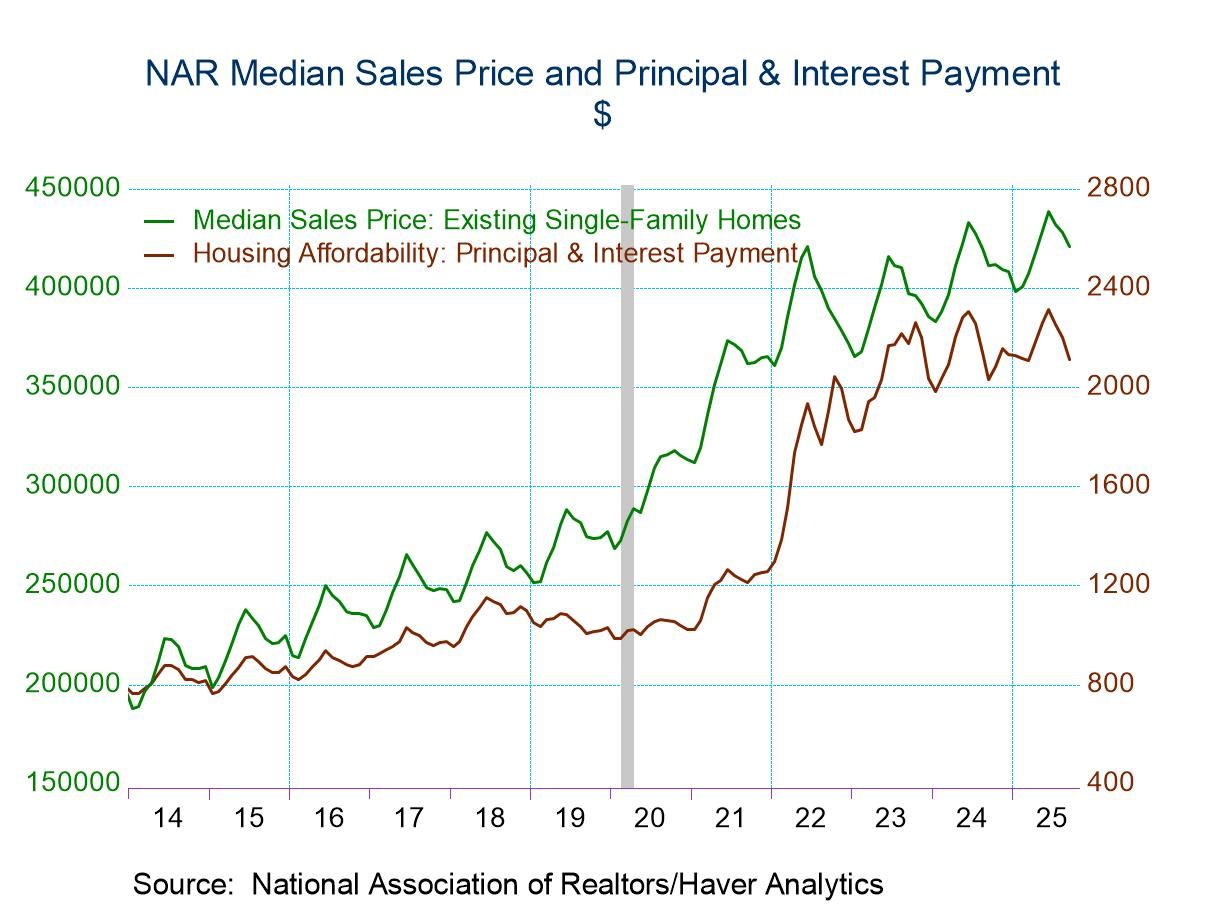 Global| Jun 19 2015
Global| Jun 19 2015Italy's Trade Surplus Bounces Higher
Summary
Italy's current account surplus is higher in April, rising to 4.79 billion euros from 3.46 billion euros in March. The surplus was last higher in February, but this is a very high surplus reading for Italy with February's value the [...]
 Italy's current account surplus is higher in April, rising to 4.79 billion euros from 3.46 billion euros in March. The surplus was last higher in February, but this is a very high surplus reading for Italy with February's value the only one higher since Italy joined the EMU.
Italy's current account surplus is higher in April, rising to 4.79 billion euros from 3.46 billion euros in March. The surplus was last higher in February, but this is a very high surplus reading for Italy with February's value the only one higher since Italy joined the EMU.
Sequential growth rates for exports are expanding, underpinning the improvement in the current account. Italy's imports are gathering strength as well.
The month's spurt in the surplus is on the back of suddenly stronger exports. But there is also sustained export strength. Exports are growing much faster than imports over 12 months. The chart shows that, the month's spurt in the surplus aside, surplus growth has been flattening out. This month's spurt in the surplus seems to be the result of a one-off spurt in exports, not part of a trend. Yet, exports are continuing to outpace imports but with both at extremely high short-term growth rates.
The sequential growth rates for exports and imports show that exports and imports are gaining momentum. This is a good sign for Italy's overall growth. Stronger exports will help to boost Italy's GDP and stronger imports are a sign of improved and sustained domestic demand.
Export and import details show consistently strong year-over-year growth rates for export categories in the last two months. But this strength is nascent. Imports are less robust across categories.
Italy's trade trends are very encouraging. It looks as though the weak euro is helping to spur exports. Import revival points to a recovery in domestic demand. Italy's trade flows are volatile, but the message right now is a wholly positive one.

Robert Brusca
AuthorMore in Author Profile »Robert A. Brusca is Chief Economist of Fact and Opinion Economics, a consulting firm he founded in Manhattan. He has been an economist on Wall Street for over 25 years. He has visited central banking and large institutional clients in over 30 countries in his career as an economist. Mr. Brusca was a Divisional Research Chief at the Federal Reserve Bank of NY (Chief of the International Financial markets Division), a Fed Watcher at Irving Trust and Chief Economist at Nikko Securities International. He is widely quoted and appears in various media. Mr. Brusca holds an MA and Ph.D. in economics from Michigan State University and a BA in Economics from the University of Michigan. His research pursues his strong interests in non aligned policy economics as well as international economics. FAO Economics’ research targets investors to assist them in making better investment decisions in stocks, bonds and in a variety of international assets. The company does not manage money and has no conflicts in giving economic advice.






